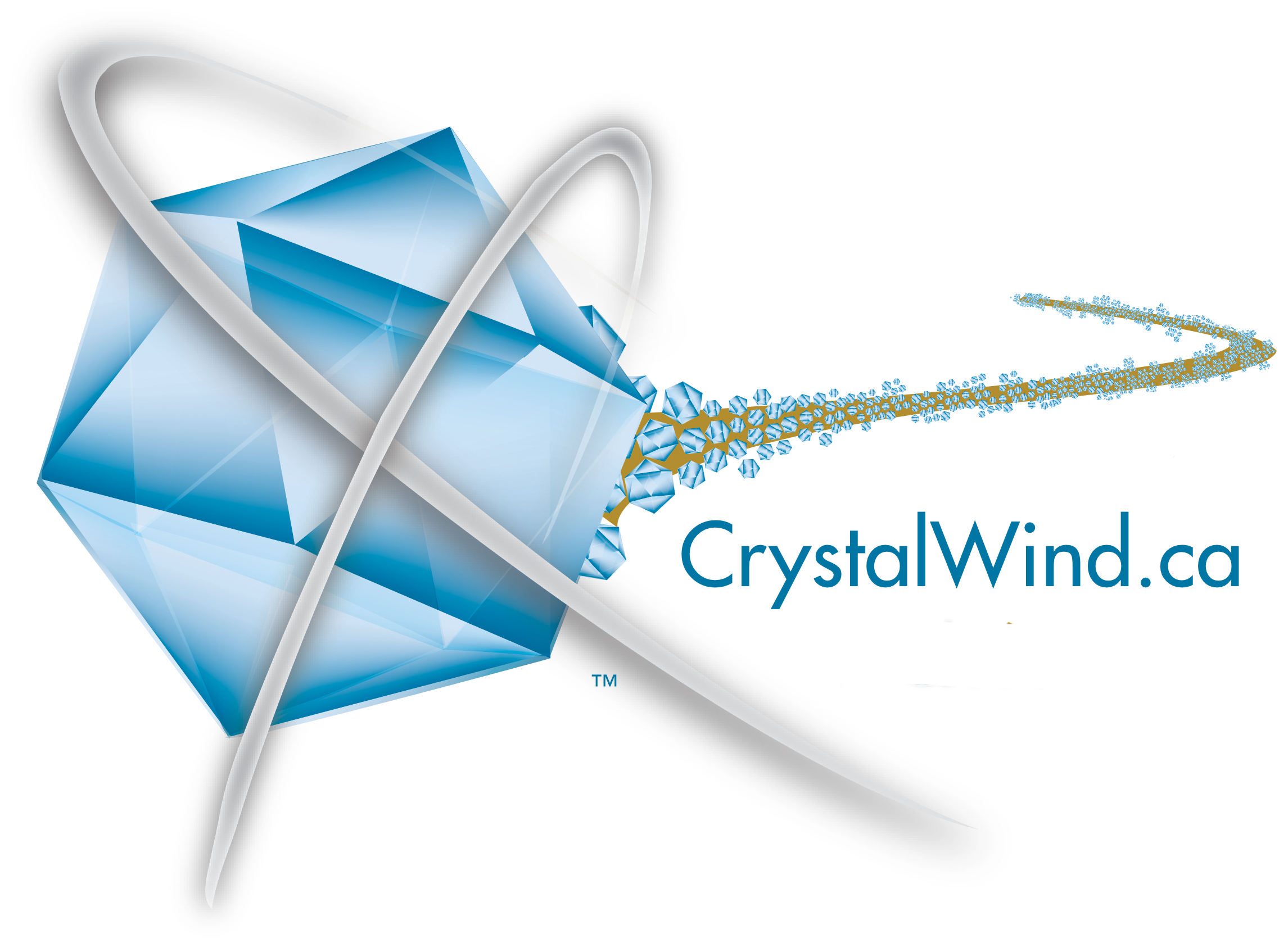
Advanced Reiki is a term that can refer to a variety of different Reiki practices and techniques that go beyond the basic level of training. Generally speaking, advanced Reiki training involves a deeper exploration of the principles and practices of Reiki, as well as the development of more advanced skills and abilities.
Some common examples of advanced Reiki practices include:
Reiki symbols: In addition to the basic Reiki symbols taught in Level 2 training, there are additional symbols that can be learned in advanced Reiki courses. These symbols are said to have specific healing properties and can be used to enhance the effectiveness of Reiki treatments.
Distance healing: Advanced Reiki practitioners are often trained in techniques for sending Reiki energy over long distances. This can be useful for treating people who are not physically present, such as friends or family members who live far away.
Aura reading and cleansing: Some advanced Reiki courses teach practitioners how to read and interpret the energy field, or aura, that surrounds the body. Practitioners can then use Reiki techniques to cleanse and balance the aura, promoting overall health and wellbeing.
Chakra balancing: Chakras are energy centers located throughout the body, and Reiki can be used to balance and align these centers. Advanced Reiki practitioners may learn techniques for identifying imbalances in the chakras and using Reiki to correct them.
Overall, advanced Reiki training can provide practitioners with a deeper understanding of the principles and practices of Reiki, as well as the ability to use Reiki in more advanced and nuanced ways. However, it is important to note that there is no standardized definition of what constitutes “advanced” Reiki training, and different Reiki teachers may have different approaches and techniques.
Advanced Reiki refers to the higher levels of Reiki training beyond the basic or beginner level. In traditional Reiki, there are three levels or degrees of training, each with its own set of teachings and techniques.
The first level, also known as Reiki 1, focuses on self-healing and learning the basic hand positions for giving Reiki to others. The second level, Reiki 2, introduces symbols and techniques for distance healing and emotional healing. The third level, or Reiki Master level, involves further training and mastery of Reiki techniques, as well as the ability to teach and attune others to Reiki.
In addition to the traditional levels of Reiki, there are also many variations and branches of the practice that offer advanced training and techniques. For example, some Reiki practitioners may specialize in specific areas such as animal Reiki, chakra healing, or crystal healing.
Advanced Reiki training may also include the use of different symbols, advanced meditation techniques, and methods for working with specific health conditions or spiritual issues. Some practitioners may also incorporate other healing modalities, such as sound therapy or aromatherapy, into their Reiki practice.
It is important to note that while advanced Reiki training can be beneficial for personal and spiritual growth, it is not a substitute for medical treatment or advice from a qualified healthcare professional.
This article is written exclusively by And-El of CrystalWind.ca © 2023 crystalwind.ca. All rights reserved. Do Not Copy.
We track all IP addresses with sniffer technology. Using a Proxy/VPN will not hide your IP address. This post first appeared on ReikiWorks.ca.

CrystalWind.ca has been curating and publishing information about awakening, enlightenment and self help since 2008. Exclusive content from 20+ authors!